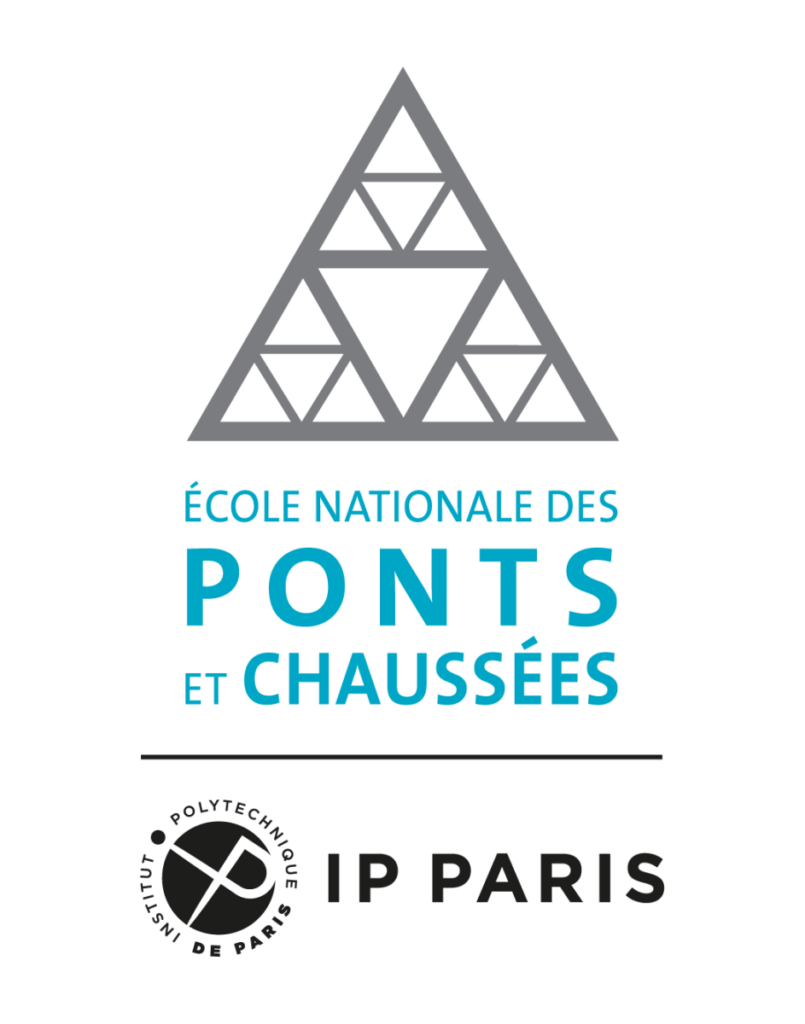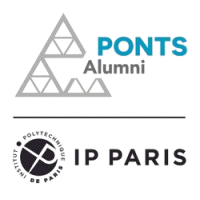
Chaque année, la Fondation remet un Prix de thèse des Ponts afin de récompenser de jeunes docteurs susceptibles d’influencer leur environnement scientifique, économique ou social par la qualité et l’originalité de leurs travaux et de contribuer au rayonnement international de l’École nationale des ponts et chaussées.
Les auditions se sont tenues le mercredi 27 mars 2025 par un jury composé de :
-
Xavier CHATEAU, Directeur adjoint de la recherche ENPC, Président,
-
Le jury a décidé d’attribuer le Prix de Thèse de l’École nationale des ponts et chaussées 2024 offert par la Fondation des Ponts à
Élodie DONVAL
Pour sa thèse intitulée
« Résistance au feu des murs de maçonnerie en pierre naturelle », préparée au sein du laboratoire Navier.

”Je suis très heureuse de recevoir le prix de thèse de l'Ecole nationale des ponts et chaussées. Je remercie le jury de me l'avoir accordé, ainsi que la Fondation des Ponts de permettre son attribution.
C'est pour moi une belle manière de conclure les sept années très enrichissantes que j'ai passées à l'Ecole, pour mon diplôme d'ingénieur puis pour ma thèse, et j'aimerais associer à cette récompense mes encadrants de thèse, qui m'ont très bien guidée et m'ont permis de réaliser mes travaux dans d'excellentes conditions.
Le jury a également décidé d’attribuer un Prix de Thèse spécial de l’École nationale des ponts et chaussées 2024 offert par la Fondation des Ponts à

Emma PELTIER
Pour sa thèse intitulée
« De marge en marge, les mobilités au centre du quotidien des femmes “ roms ” », préparée au sein du laboratoire Ville Mobilité Territoire.
”Je suis honorée de cette récompense. Je vous remercie d’avoir accordé de l’importance à ce travail qui tout en se situant en marge des travaux sur la ville révèle de grandes fractures sociales.
Redécouvrez les précédents lauréats :
Lya LUGON CORNEJO VON MARTTENS : Centre d’enseignement et de recherche en environnement atmosphérique (CEREA) pour sa thèse intitulée ” Modélisation de la qualité de l’air dans les rues de Paris “
Zhongzheng WANG : Laboratoire NAVIER pour sa thèse intitulée “Capillary Effects on Fluid Transport in Granular Media”
Lise DESVALLEES : Laboratoire Techniques, Territoires et Sociétés (LATTS) pour sa thèse intitulée “Problématisation, politisation et mesures de résorption des vulnérabilités énergétiques : entre droit à l’énergie et contrôle des pratiques des pauvres à Porto et à Barcelone”










